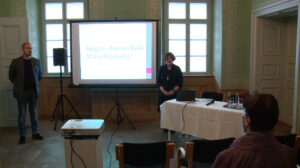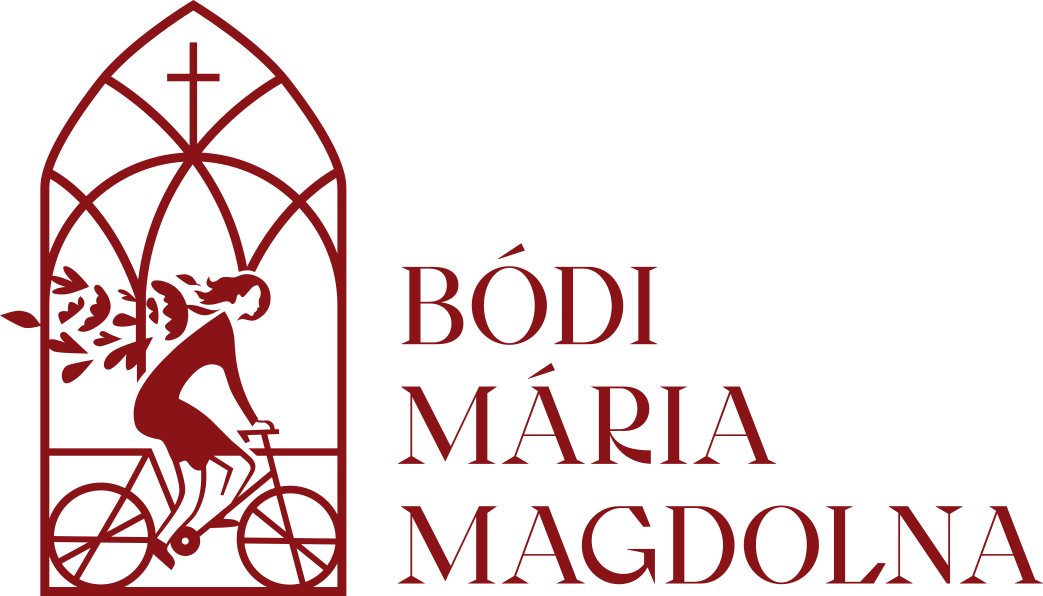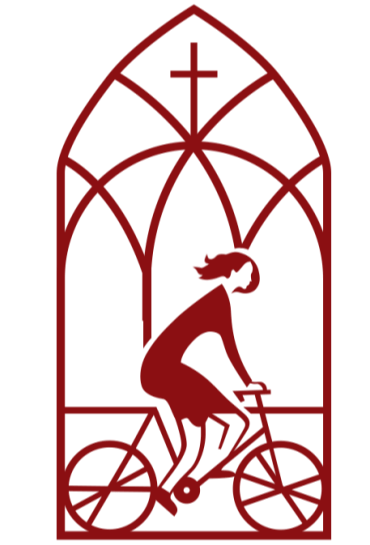On September 29, at the closing day of the St. Michael’s Day celebration, Sister Erika Tornya, RSCJ, editor-in-chief of the A Szív Jesuit magazine, gave a lecture titled: “How would Mária Magdolna Bódi live today?”
Sister Erika Tornya posed the question of how well people today know the young martyr. She used an imaginary example: if the owners of a building on Bódi Mária Magdolna Street in Litér wanted to sell it and posted a job listing, how many readers would know after whom the street was named? Presenting and familiarizing people with the life and example of this young girl is therefore a crucial task.

In her talk, the Jesuit nun also touched on Magdi’s character traits. She pointed out that Magdi’s life was marked by several unusual moments. For instance, it was not typical behavior for a child from a servant family to walk several kilometers to attend Mass after being influenced by religious education, inviting her siblings and other children along, and discussing catechetical questions with them on the way. Even then, Magdi’s actions indicated great spiritual sensitivity. From her childhood, she had a deep reverence for the Eucharist. She loved reading, which was also unusual for someone of her social standing. Later, she asked for spiritual readings from the priests at the parish and became a regular penitent. At 17, she participated in the national mission in Balatonfűzfő and already wanted to consecrate herself to Jesus and become a nun. However, this was impeded by Church law because her parents were unable to marry due to her father’s missing papers.
Magdi did not shy away from work – she excelled in practical life as well as in the Nitrokémia factory in Fűzfőgyártelep, where she also engaged in missionary activity, distributing A Szív magazine (which was a weekly at the time). She used her own money to buy copies and donated the proceeds to charity, even sending packages wrapped in the paper to soldiers on the frontlines so that the wounded could receive spiritual reading.
Since she could not become a nun, she made a private vow of chastity and in 1942 became a member of the Marian Sodality. She organized Sacred Heart groups, teaching children and working girls about faith, prayer, and good deeds, and she also taught the working girls in the Association of Working Girls. Magdi participated in leadership training at the Catholic Association of Working Girls.
During the lecture, the nun also addressed how Magdi’s life could serve as an example for people today. According to Sister Erika, Magdi was a spiritual person characterized by the purity of her heart, innocence, and daily Holy Communion, despite difficulties. She was open to the problems of others and always tried to help them.
It may seem strange to people today that Magdi had a strong desire for martyrdom – this reflects her radical following of Christ and her intention to give herself fully, the speaker noted. She raised the important question: in today’s world, where and in what ways can we become martyrs? According to Sister Erika, modern-day martyrs can be found in a dedicated father or mother who wakes up multiple times at night to care for their child, or in a committed healthcare worker or social worker, and even in a devoted teacher.
Magdi lived an “integrated” life. She loved nature, where she often went to pray. She put her faith into action in everyday life. She did not hold grudges. She also educated herself through self-study. She faced hardships due to her father’s alcohol problems, and her response to this was prayer. She regularly prayed for her father’s and her family’s conversion.
We can say that Magdi’s life and death also stand as a memorial to all the nameless female victims of war. In connection with this, the speaker recommended the film Magdolna by director Tamás Buvári to the audience and encouraged everyone to ask themselves: In what way does Magdi’s example give me courage?


